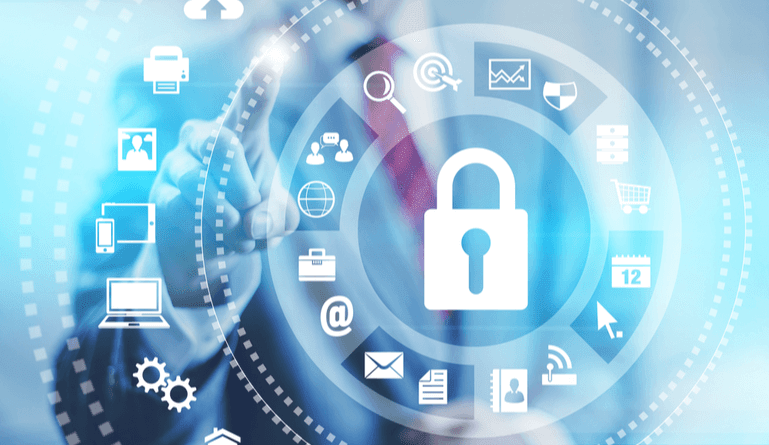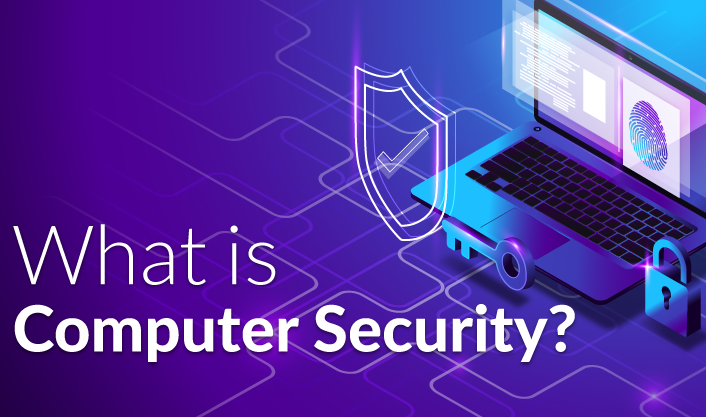Computer Security: In today’s interconnected world, the proliferation of smart devices has revolutionized the way we live, work, and interact with technology. From smart thermostats and wearable fitness trackers to connected cars and industrial sensors, the Internet of Things (IoT) has ushered in an era of unprecedented convenience and efficiency. However, this technological evolution also brings with it new challenges and risks, particularly in the realm of computer security.

The Internet of Things refers to the network of physical objects embedded with sensors, software, and other technologies that enable them to collect and exchange data over the internet. While the IoT promises to enhance productivity, streamline processes, and improve quality of life, the sheer scale and complexity of interconnected devices present significant security vulnerabilities that must be addressed.
One of the primary concerns surrounding IoT security is the sheer number of devices connected to the internet. With billions of devices expected to be interconnected by 2025, the attack surface for cybercriminals continues to expand exponentially. Moreover, many IoT devices are designed with limited computing resources and lack robust security features, making them easy targets for malicious actors.
One of the most pressing issues in IoT security is the susceptibility of devices to hacking and unauthorized access. Vulnerabilities such as weak passwords, unencrypted communications, and outdated software leave IoT devices vulnerable to exploitation by cybercriminals. In recent years, there have been numerous incidents of IoT devices being hijacked to launch large-scale cyberattacks, disrupt critical infrastructure, and compromise personal data.
Furthermore, the interconnected nature of IoT ecosystems introduces complex supply chain security risks. Many IoT devices rely on components and software from multiple vendors, increasing the likelihood of supply chain attacks where malicious actors target vulnerabilities in third-party products to gain access to the broader system. Securing the IoT supply chain requires close collaboration between manufacturers, suppliers, and regulators to ensure the integrity and security of all components.

Another significant challenge in IoT security is the protection of data privacy and confidentiality. IoT devices collect vast amounts of sensitive data about users’ behavior, preferences, and surroundings, raising concerns about how this data is stored, processed, and shared. Unauthorized access to IoT data can have serious implications for individuals’ privacy, leading to identity theft, financial fraud, and other forms of cybercrime.
Addressing these challenges requires a multi-faceted approach to IoT security that encompasses technology, regulation, and collaboration across stakeholders. Firstly, manufacturers must prioritize security throughout the entire product lifecycle, from design and development to deployment and decommissioning. This includes implementing robust authentication mechanisms, encryption protocols, and over-the-air update capabilities to ensure the integrity and resilience of IoT devices against evolving threats.
Additionally, regulators play a crucial role in establishing standards and guidelines for IoT security to promote best practices and compliance across industries. Initiatives such as the National Institute of Standards and Technology (NIST) Cybersecurity Framework provide a framework for organizations to assess and improve their cybersecurity posture, including specific recommendations for IoT & computer security.
Furthermore, collaboration between industry stakeholders, academia, and government agencies is essential to share threat intelligence, develop security standards, and coordinate responses to emerging cyber threats. Industry consortia and forums such as the IoT Security Foundation and the Industrial Internet Consortium play a vital role in fostering collaboration and knowledge-sharing within the IoT & computer security community.

In conclusion, the Internet of Things holds immense promise for innovation and progress across industries, but its widespread adoption also presents significant challenges for computer security. As IoT ecosystems continue to evolve and expand, it is imperative that we prioritize security by design, adopt best practices for securing IoT devices and data, and foster collaboration and information sharing to stay ahead of emerging threats. By taking a proactive and collaborative approach to IoT security, we can unlock the full potential of the Internet of Things while safeguarding the privacy, integrity, and resilience of our interconnected world.

1 thought on “Safeguarding the Future of Computer Security in the Age of the Internet of Things, In Positive & Negative Sentiments.”